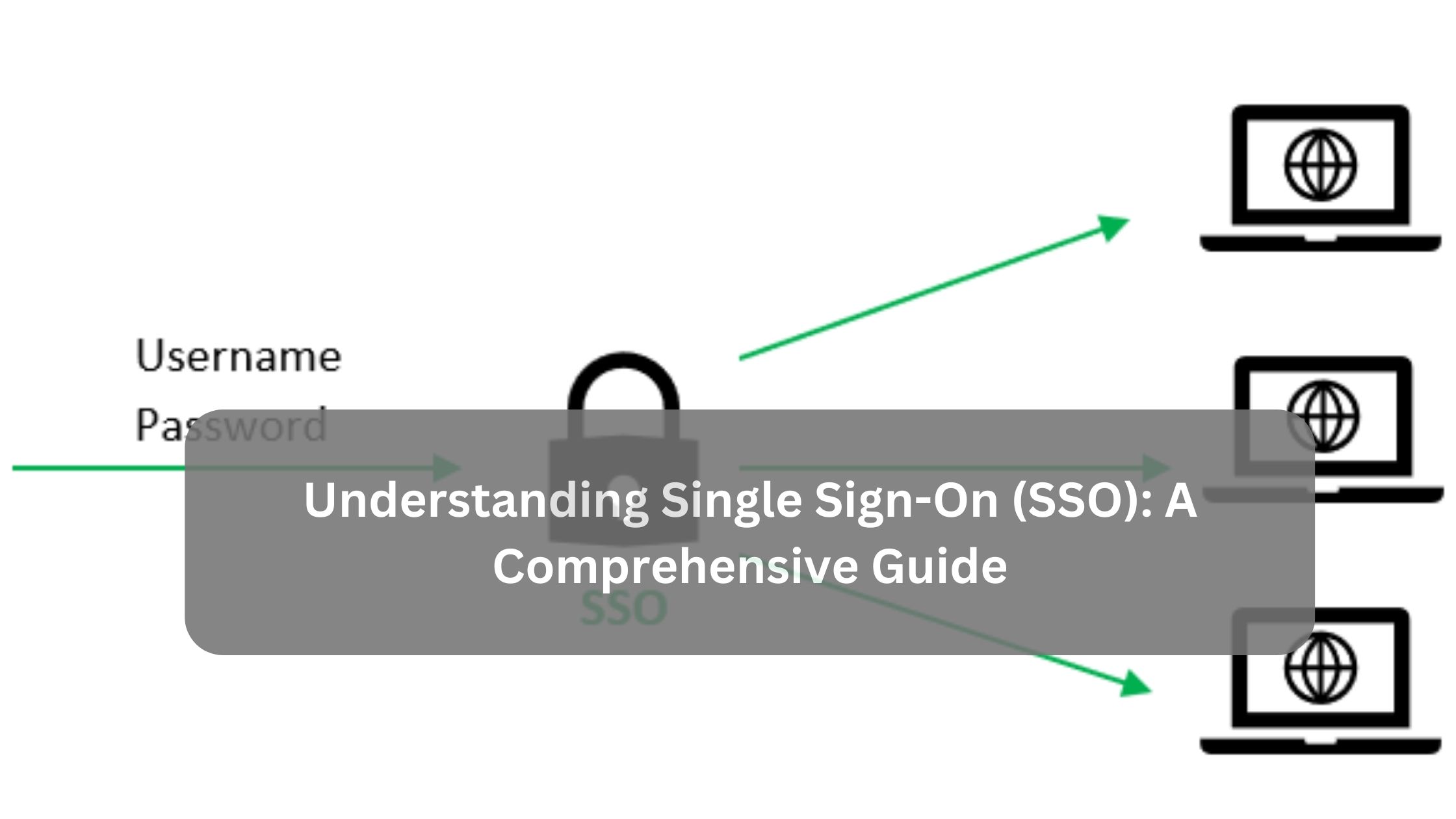“Using SSIS 816 made handling data so much easier for me. Its tools helped me automate tasks and keep our data organized without hassle. It’s been a real time-saver and made my work more efficient.”
SSIS 816 is a new version of a tool called SQL Server Integration Services. It helps businesses manage data easily by automating tasks and ensuring data accuracy. It’s great for making work more efficient and handling data smoothly.
This piece focuses on SSIS 816, the latest version of SQL Server Integration Services. We’ll uncover how SSIS 816 optimizes data workflows with advanced automation and enhances data accuracy with robust features. Discover how SSIS 816 can transform your data management strategies.
Also Read: www.unfgaming.net blog – Join Our Community
What are the key features of SSIS 816 for data integration?
- Advanced Automation: Automates complex data workflows to streamline processes.
- Enhanced Data Transformation: Allows for detailed data cleansing, aggregation, and formatting.
- Real-time Integration: Supports real-time data processing for up-to-date insights.
- Robust Error Handling: Provides tools to manage and troubleshoot errors effectively.
- Scalability: Designed to handle large-scale data integration tasks with efficiency.
- Multiple Loading Strategies: Offers options for sequential, parallel, and bulk loading to optimize performance.
What is SSIS 816 and its purpose in data integration?
SSIS 816, which stands for SQL Server Integration Services version 816, is a tool created by Microsoft to help businesses manage their data more effectively.
Its main job is to take data from different places, like databases or files, and bring it together in a way that’s easy to use.
This tool automates a lot of the work that people would normally have to do manually, like cleaning up the data to make sure it’s accurate and transforming it into a format that’s useful for analysis.
SSIS 816 is also good at handling data in real-time, meaning it can process information quickly as it comes in, which is important for making fast decisions based on the latest data.
Businesses use SSIS 816 because it saves time and reduces mistakes. Instead of spending hours on tasks like moving and organizing data, this tool does it automatically.
It’s like having a smart assistant that takes care of the hard work, so people can focus on using the data to make better decisions for their company.
How does SSIS 816 improve data extraction and transformation processes?
Enhanced Connectivity:
It can easily connect to various data sources such as databases, files, and web services, simplifying the extraction of data from different systems.
Advanced Transformation Capabilities:
SSIS 816 allows users to perform complex transformations on the extracted data, including cleaning up data inconsistencies, aggregating information, and formatting data to meet specific business needs.
Automation of Workflows:
By automating data workflows, SSIS 816 reduces the manual effort required to extract and transform data. This automation ensures that data processing tasks are executed consistently and efficiently.
Real-time Data Processing:
It supports real-time data integration, enabling businesses to process and transform data as it arrives, providing timely insights for decision-making.
Error Handling and Logging:
SSIS 816 includes robust error handling mechanisms and logging features, which help identify and resolve issues during data extraction and transformation, ensuring data quality and reliability.
Read More: 127.0.0.1:62893 – Join our community!
What are the key features of SSIS 816 that enhance data loading and workflow automation?
- Multiple Loading Strategies: Offers sequential, parallel, and bulk loading options to optimize data integration performance.
- Parallel Processing: Executes tasks concurrently, speeding up data loading and transformation processes.
- Automation of Workflows: Enables scheduling and automation of complex data integration tasks, reducing manual effort.
- Scalability: Designed to handle large-scale data integration tasks effectively as data volumes grow.
- Error Handling and Logging: Provides robust mechanisms for managing errors and detailed logging for troubleshooting and maintaining data integrity.
How does SSIS 816 ensure data quality and integrity throughout the integration process?
- Data Cleansing: It allows for thorough cleansing of data by removing duplicates, correcting errors, and standardizing formats, ensuring consistency and accuracy.
- Validation: SSIS 816 includes validation tasks that verify data against predefined rules or criteria, identifying discrepancies and ensuring compliance with business standards.
- Transformation: Advanced transformation capabilities enable complex data manipulations such as aggregation, splitting, and merging, ensuring data meets specific business requirements.
- Error Handling: Robust error handling mechanisms detect and manage errors during data integration, ensuring erroneous data is flagged and corrected promptly.
- Logging and Auditing: Detailed logging and auditing features track data movements and transformations, providing a trail of activities for transparency and accountability.
- Real-time Monitoring: Supports real-time data monitoring and alerts to detect anomalies or issues as data flows through integration pipelines, enabling timely intervention.
What are the benefits of using SSIS 816 for businesses, and how does it impact efficiency and productivity?
SSIS 816 offers significant benefits to businesses by streamlining data integration processes and enhancing overall efficiency. By automating complex data workflows, SSIS 816 reduces manual tasks and operational costs while improving speed and accuracy in data handling.
Its robust features ensure data accuracy through thorough cleansing, transformation, and validation, providing reliable insights for informed decision-making. The scalability of SSIS 816 allows businesses to manage growing data volumes effectively without compromising performance.
Real-time data integration capabilities enable quick access to up-to-date information, enhancing agility and responsiveness in business operations. Overall, SSIS 816 not only boosts operational efficiency and productivity but also contributes to cost savings and strategic advantage in competitive markets.
How does SSIS 816 support real-time data integration and analysis?
- Change Data Capture (CDC): SSIS 816 can capture and process incremental changes in data in real-time, ensuring that the most current information is available for analysis.
- Event Handlers: It includes event-driven architecture, allowing tasks to trigger automatically based on real-time data events, enabling immediate responses to data updates.
- Streaming Support: SSIS 816 integrates with streaming data sources and platforms, enabling continuous data ingestion and analysis as data streams in real-time.
- Parallel Processing: It executes data processing tasks concurrently, optimizing performance and enabling faster data analysis, crucial for real-time decision-making.
- Real-time Monitoring: Provides tools for monitoring data flows and performance metrics in real-time, ensuring proactive management and timely interventions.
What are the common challenges faced while implementing SSIS 816, and how can they be overcome?
| Challenge | Solution |
| Performance Bottlenecks | Optimize package design, minimize transformations, utilize parallel processing for faster throughput. |
| Connectivity Issues | Verify data source connections, validate network settings, conduct thorough connectivity tests. |
| Error Handling Complexity | Implement robust error handling mechanisms, utilize error logging, set up event handlers for notifications. |
| Scalability Concerns | Design scalable SSIS packages, employ incremental loading strategies, monitor and adjust resources as needed. |
| Security and Compliance | Implement SSIS 816’s security features, use encryption, enforce role-based access controls, ensure compliance with data regulations. |
How does SSIS 816 ensure data security and compliance with regulatory standards?
SSIS 816 prioritizes data security and compliance by integrating robust features and practices. It employs encryption mechanisms to safeguard data both in transit and at rest, ensuring confidentiality and protection against unauthorized access. Role-Based Access Control (RBAC) is implemented to restrict data access based on users’ roles, enhancing security measures.
The tool’s auditing and logging capabilities provide comprehensive tracking of data activities, enabling organizations to maintain an audit trail for compliance audits and regulatory reporting. SSIS 816 also incorporates compliance controls tailored to various industry standards such as GDPR, HIPAA, and PCI-DSS, ensuring that data handling practices meet legal requirements.
Regular updates and security patches from Microsoft further bolster SSIS 816’s resilience against evolving cybersecurity threats, making it a reliable choice for businesses prioritizing data security and regulatory compliance in their data integration workflows.
Read More: The //Vital-Mag.Net Blog – Join Our Community!
What are the best practices for designing and implementing SSIS 816 packages?
- Plan and Design Thoughtfully: Before starting, carefully plan and design your SSIS packages to ensure they meet business requirements and are scalable for future needs.
- Use Parameters and Configurations: Implement parameters and configurations to make your packages dynamic and easily adaptable to different environments (development, testing, production).
- Optimize Data Flow: Simplify data flows by minimizing transformations and using efficient data processing techniques like bulk loading and parallel processing to improve performance.
- Implement Error Handling: Incorporate robust error handling mechanisms to capture and manage errors effectively, ensuring data integrity and package reliability.
- Logging and Auditing: Enable logging and auditing at appropriate levels to track package execution, data flow, and error events, facilitating troubleshooting and performance analysis.
- Testing and Validation: Thoroughly test SSIS packages in different scenarios to validate functionality, data accuracy, and performance under varying conditions.
- Version Control: Use version control systems to manage SSIS package versions, track changes, and facilitate collaboration among team members.
- Documentation: Maintain comprehensive documentation for SSIS packages, including data mappings, configurations, and dependencies, to aid in troubleshooting, maintenance, and knowledge transfer.
How does SSIS 816 integrate with other Microsoft tools and technologies, such as SQL Server and Azure?
SQL Server Integration:
SSIS 816 integrates natively with SQL Server databases, enabling efficient data extraction, transformation, and loading (ETL) processes directly from and into SQL Server databases.
Azure Integration:
It supports Azure services such as Azure SQL Database, Azure Blob Storage, and Azure Data Lake, facilitating cloud-based data integration and leveraging Azure’s scalability and storage capabilities.
Power BI Integration:
SSIS 816 can load data directly into Power BI for advanced analytics and visualization, enabling real-time insights and interactive reporting.
Azure Data Factory:
SSIS 816 can be integrated with Azure Data Factory pipelines, extending its data integration workflows to orchestrate and manage complex data pipelines across hybrid and multi-cloud environments.
Azure Synapse Analytics (formerly SQL Data Warehouse):
SSIS 816 integrates with Azure Synapse Analytics for scalable data warehousing and analytics, supporting large-scale data processing and business intelligence solutions.
FAQS:
How does SSIS 816 handle unstructured data sources?
SSIS 816 can integrate and process unstructured data sources such as text files and JSON data through specialized connectors and transformation components, enabling comprehensive data integration across diverse formats.
What are the cost implications of implementing SSIS 816 for small businesses versus large enterprises?
SSIS 816 offers scalable licensing options tailored to different business sizes, with considerations for volume of data processed, number of users, and integration with Microsoft’s enterprise solutions, ensuring cost-effectiveness for diverse organizational needs.
Does SSIS 816 support data governance initiatives?
SSIS 816 includes features for metadata management, data lineage tracking, and data quality monitoring, supporting robust data governance frameworks that enhance data transparency, accountability, and compliance within organizations.
Can SSIS 816 integrate with non-Microsoft databases and platforms?
Yes, SSIS 816 supports connectivity with various non-Microsoft databases and platforms through OLE DB, ODBC, and custom connectors, facilitating seamless data integration and interoperability across heterogeneous IT environments.
What role does SSIS 816 play in business continuity and disaster recovery planning?
SSIS 816 enables organizations to implement data replication, backup, and recovery strategies, ensuring data availability and continuity during unforeseen events, thereby enhancing resilience and mitigating operational risks.
How does SSIS 816 leverage machine learning and AI for data integration tasks?
SSIS 816 can integrate with Azure AI services for advanced data processing tasks such as predictive analytics, anomaly detection, and natural language processing, enhancing data-driven decision-making and operational efficiency.
Conclusion:
In summary, SSIS 816 is a powerful tool for handling data smoothly. It helps businesses manage their information better, ensuring accuracy and efficiency in processes. With features like real-time processing and strong security, SSIS 816 supports smart decision-making and seamless data integration across different systems.



